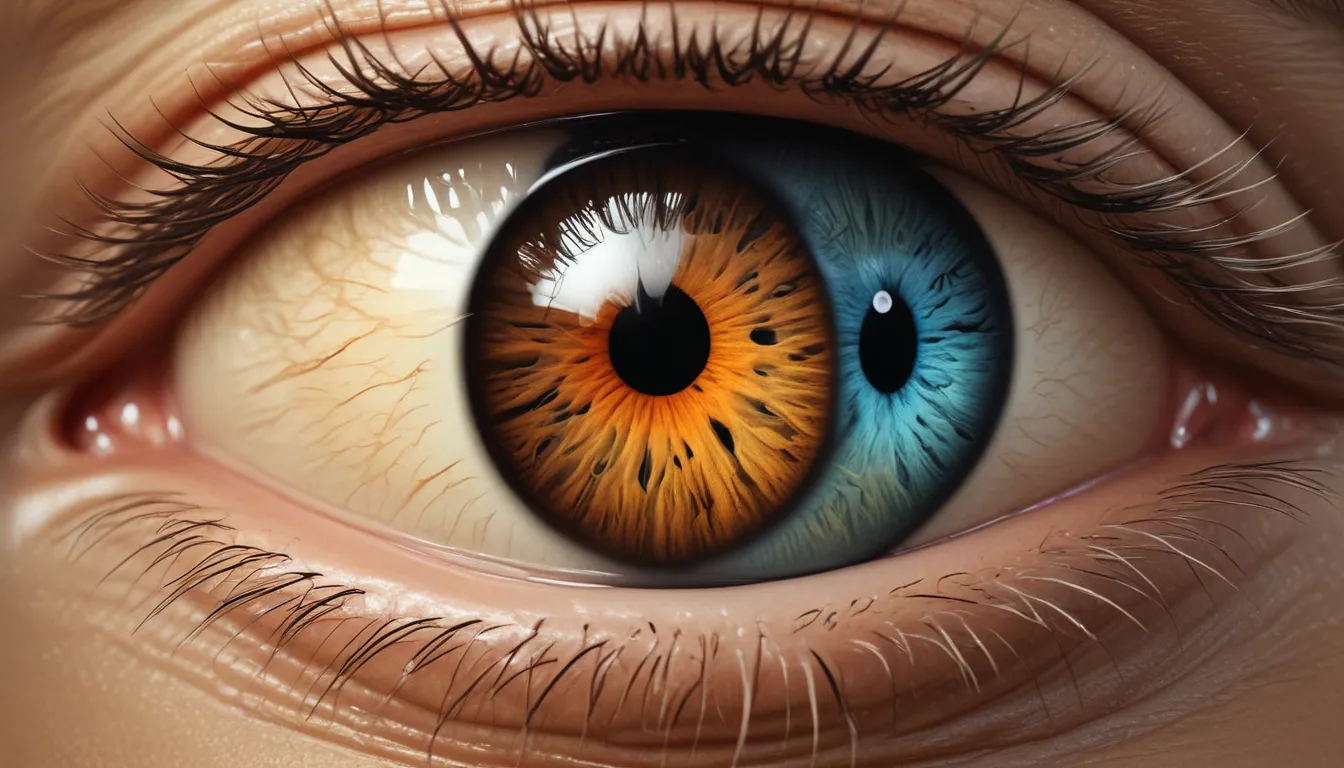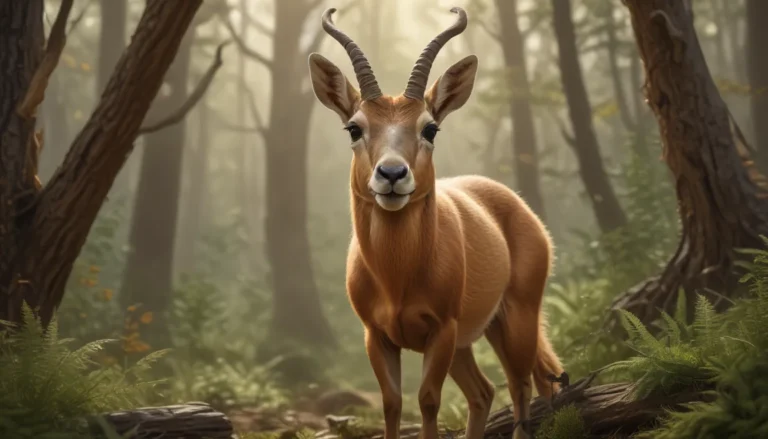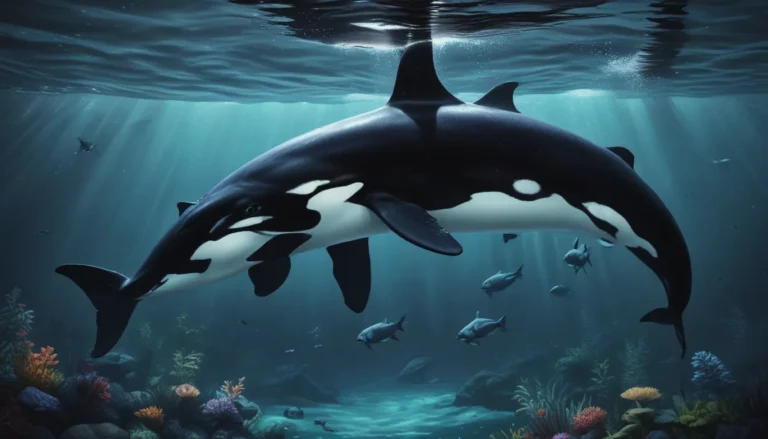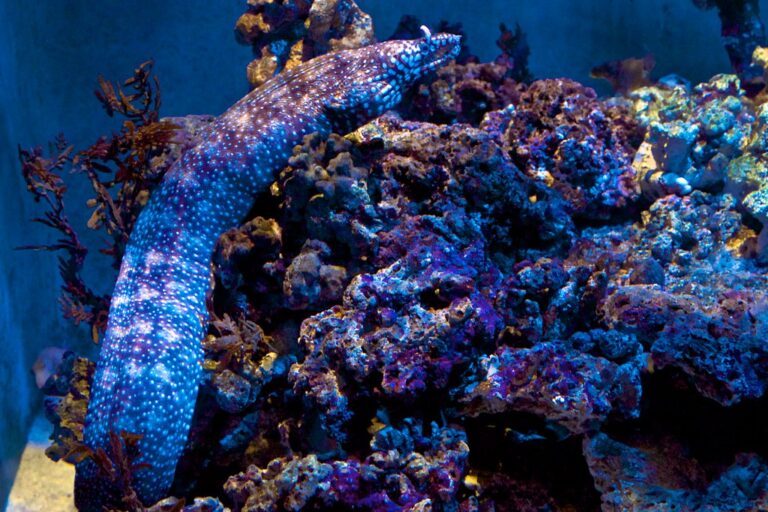The pictures we use in our articles might not show exactly what the words say. We choose these pictures to make you interested in reading more. The pictures work together with the words but don’t take their place. The words still tell you the important facts.
Welcome to the captivating world of animal eyes, where the extraordinary features and functions of these optical wonders never fail to astonish us. From the unparalleled acuity of eagles to the nocturnal adaptations of owls, the animal kingdom is filled with remarkable examples of vision at its finest. In this article, we will delve into 10 fascinating facts about animal eyes that will leave you in awe of the diversity and wonder of nature.
The Vision of Eagles: Unparalleled Acuity
Eagles are renowned for their extraordinary vision, which surpasses that of humans by 4 to 8 times. This keen eyesight enables these majestic birds to spot prey from incredible distances, making them expert hunters in the sky. Their ability to see detail with such clarity allows them to zero in on small rodents or fish, showcasing their formidable hunting skills.
A Gecko’s Fantastic Night Vision
Geckos possess exceptional night vision, thanks to their specialized eyes with a high density of rod cells. These cells are responsible for low-light and night vision, allowing geckos to navigate their surroundings effortlessly even in the darkest of nights. This adaptation is crucial for their survival and success as nocturnal creatures.
Camouflage: Chameleon Style
Chameleons are known for their impressive ability to change the color of their skin, but their eyes have a unique feature as well. Each eye of a chameleon can move independently, providing them with continuous surveillance of their environment. This exceptional range of vision enables chameleons to spot prey and detect potential predators with ease, showcasing their remarkable visual adaptations.
Night Owl: Owls’ Remarkable Nocturnal Adaptations
Owls are celebrated for their exceptional night vision, with large, forward-facing eyes designed to gather every bit of available light. This adaptation allows owls to see in almost complete darkness, giving them a significant advantage as nighttime predators. Furthermore, their ability to rotate their heads up to 270 degrees expands their field of view, enhancing their hunting prowess even further.
The Colorful World of Butterflies
Butterflies not only captivate us with their beauty but also with their fascinating eyes. Their compound eyes, comprising thousands of tiny lenses, allow them to perceive a vast array of colors and detect subtle movements. This acute vision assists butterflies in locating flowers for nectar and potential mates, showcasing the importance of their visual capabilities in their daily activities.
The Mystifying Eyes of Cuttlefish
Cuttlefish possess some of the most remarkable eyes in the animal kingdom, with W-shaped eyes that provide them with a 3D perspective. These intelligent cephalopods can change their eye color, aiding in communication with other cuttlefish and camouflage from predators. Their eyes are not only visually striking but also serve essential functions in their interactions with the environment.
The Night Hunters: Cats’ Remarkable Adaptations
Cats are skilled nocturnal hunters, thanks to their exceptional vision. Their slit pupils contract to form a vertical slit during the day, reducing the amount of incoming light and improving focus. Additionally, the tapetum lucidum, a reflective structure at the back of their eyes, enhances their night vision by reflecting light back through the retina. These adaptations make cats formidable predators under cover of darkness.
The Wide-Eyed Wonder: Tarsiers’ Incredible Vision
Tarsiers, small primates with disproportionately large eyes, possess excellent night vision essential for their arboreal lifestyle. Their large eyes allow them to spot insects in the dark easily, ensuring a steady supply of food to sustain their energy levels. This visual adaptation highlights the importance of vision in adapting to specific habitats and lifestyles in the animal kingdom.
Beetles’ Compound Vision
Beetles are equipped with compound eyes, consisting of numerous tiny visual units called ommatidia. These compound eyes provide beetles with a wide field of vision, enabling them to detect movement in their surroundings. This unique visual adaptation acts as an early warning system, helping beetles evade predators and find food efficiently in their environment.
An Octopus’s “Camera-Like” Eye
The eyes of an octopus bear a striking resemblance to the design of a camera lens, with a single, flexible cornea that focuses light onto the retina. This design provides octopuses with excellent vision, crucial for navigating their underwater world and detecting prey. Their ability to detect polarized light further enhances their visual capabilities, aiding in their survival in the depths of the ocean.
Conclusion: Marveling at the Beauty of Animal Eyes
In conclusion, the eyes of animals showcase a remarkable diversity of features and functions that highlight the wonders of evolution and adaptation. Whether it’s the superb vision of eagles or the intricate patterns in peacock feathers, animal eyes exhibit incredible complexity and sophistication. Understanding these fascinating facts about animal eyes deepens our appreciation for the natural world and emphasizes the importance of conservation to protect these magnificent creatures and their unique visual abilities. Let us continue to marvel at the wonders of the animal kingdom, particularly the extraordinary eyes that allow them to perceive and navigate their surroundings with precision and grace.
FAQs
- Which animal has the best vision?
Eagles are known for having exceptional vision among terrestrial animals, surpassing humans in acuity and clarity. Their eyes are specially adapted to focus on distant objects, enabling them to see with remarkable precision.
- Can animals see colors?
Yes, many animals have the ability to see colors. Primates, birds, reptiles, and some insects possess color vision, allowing them to perceive a wide range of hues in their environment.
- Do all animals have pupils?
Most animals have pupils, which regulate the amount of light entering their eyes. However, some species, such as fish and invertebrates, have different structures that serve a similar purpose in controlling light intake.
- How do animals see in the dark?
Animals with adaptations for night vision, like cats and owls, have specialized features that enhance their ability to see in low-light conditions. These include larger pupils, increased light-sensitive cells, and reflective structures that aid in night vision.
- Are all animal eyes located on the front of their heads?
The positioning of animal eyes varies depending on the species. Predatory animals often have forward-facing eyes to enable binocular vision and depth perception, while herbivores and prey animals may have side-facing eyes for a wider field of view.
By exploring the fascinating world of animal eyes, we gain a deeper understanding of the extraordinary adaptations and sensory capabilities that contribute to the diversity and beauty of life on Earth. Let us continue to marvel at the wonders of nature and cherish the intricate marvels of the animal kingdom.






